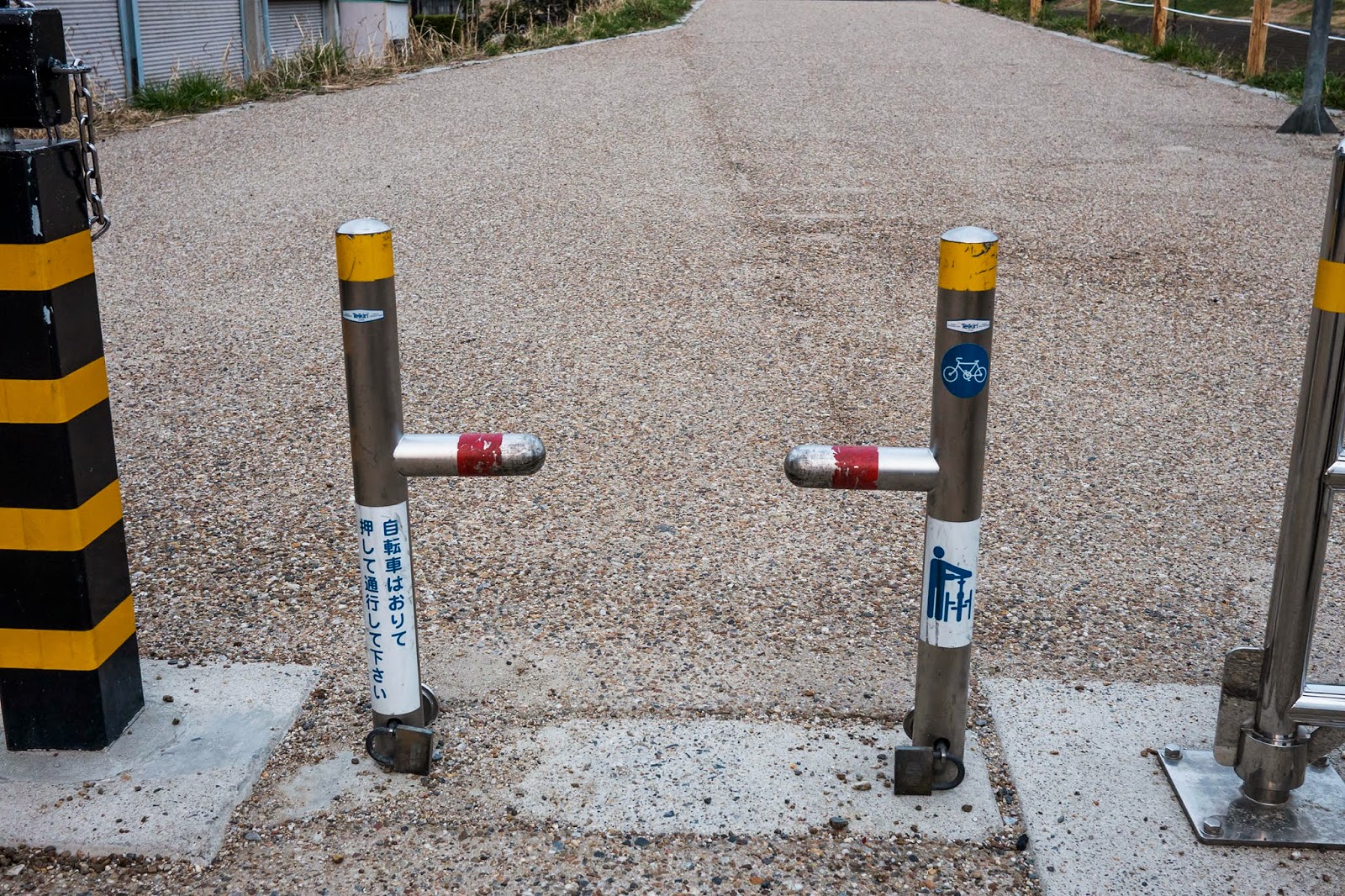The night life in Japan is greatly affected by the fact that most of the train lines stop around midnight. Many bars and clubs that you would expect would be open all night close around this time as most patrons have to leave to catch the last train. Until recently I had never been in downtown Osaka past 11:30 or so. I was meeting with a friend who happened to be coming through Osaka and I decided that I didn't want to cut my night short as this was a rare opportunity to see my friend. After I stayed past the last train, a Japanese friend who was also with us suggested that we spend the night at an internet cafe.
My Japanese friend took me to one such cafe that he frequents. We arrived at around 1am. While the cafe isn't explicitly made for sleeping, it's open 24 hours a day, and at night you can get a special deal, 6 hours in a long cubicle with a padded floor for $17.50. The cubicles are a foot or so off the ground and you take your shoes off before entering. If you stand up you can see over into the cubicle next to you which is rather strange, but in general the atmosphere is very peaceful.

Each floor had a wide selection of manga and magazines to read and had free-to-use soda, coffee, and slushie machines. I made sure to take advantage of this opportunity as this was the only slushie machine I have seen in Japan.
Each cubicle comes with a computer and a second monitor that acts as a television. Both the computer and the TV are filled with porn services. Though I wanted to read some manga and try out a lot of the free drinks, I was actually quite tired and decided to get to bed around 2. The booth was clearly designed to fit an average sized Japanese person. I found that by positioning myself diagonally in the boot I was just barely able to rest comfortably.
Overall I probably didn't get my money's worth, but it was interesting staying the night in Osaka. I'm not sure if I intend to do it again, but it was an experience.

















































